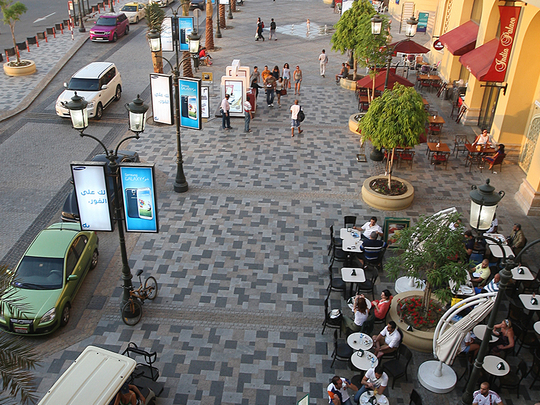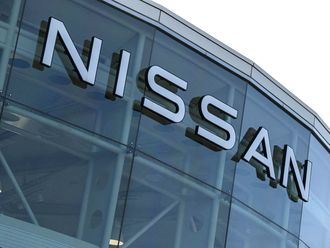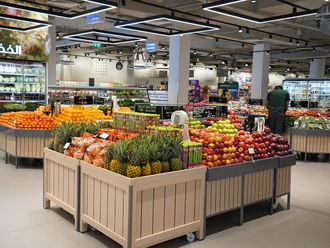
Dubai: F&B retail is riding to the rescue of the wider retail sector — it’s happening in the US and Europe and could soon start showing up in the Gulf. Currently, food service takes up 15 per cent of the global retail space and could grow to 20 per cent by 2025. It was a marginal 5 per cent, according to findings by the real estate consultancy JLL and ICSC (International Council of Shopping Centres).
For the first time, US restaurant sales topped grocery sales last year, signalling the “growing popularity of food service”.
“The increasing popularity of dining out is revitalising retail real estate around the globe by creating a true sense of community where people can go out to dinner, take in a movie and shop, all in one place,” said Tom McGee, President and CEO of ICSC. “Centres that are strategic and innovative when incorporating foodservices are sure to reap benefits such as increases in foot traffic, dwell time and number of visitors.”
Dubai’s developers with next-generation mall developments are already designing their plans accordingly. Food courts and areas where casual/fine dining options are to be have been carefully integrated to be in sync with visitor movements. Together with the other entertainment options a mall typically offers, these are the in-mall clusters where mall managements hope to capitalise in full.
According to the JLL report, 20 per cent of food service space should typically be dispersed across an entire shopping centre and feature food service categories such as “refuel and relax” (i.e., coffee shops) or “impulse” stores (i.e., ice cream or candy). The other 80 per cent should be “clustered together and include fast casual, fast food and casual dining stores,” it adds.
“Gourmet and finer dining establishments located at entry and exit points can draw in and retain maximum foot traffic.”
But both mall owners and restaurant operators have to be careful not to get too enthusiastic about the pace of openings. This “coupled with an increase in money invested and oversaturation in the market creates the perfect environment for a restaurant bubble,” the report notes. “The potential rising costs of operations and minimum wage in the US further exacerbate the situation.
“To be successful, businesses must support smart expansion and understand how demographic behaviour and regional preferences impact which food service providers they choose,” said McGee. “The future for food service is bright, and with the right approach, a shopping Centre can build the type of experience that consumers desire.”












